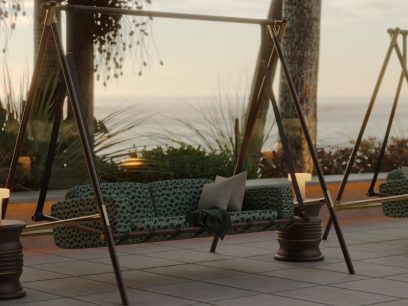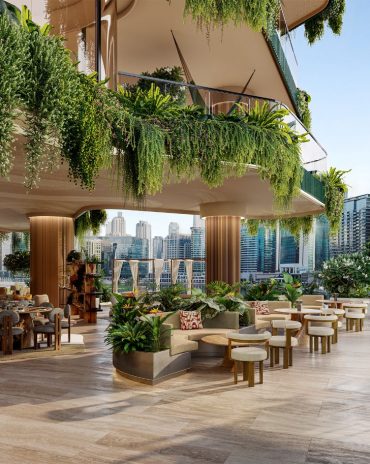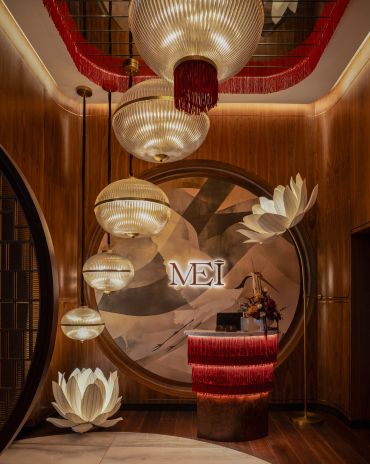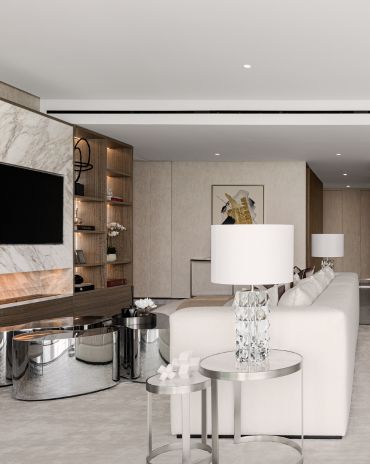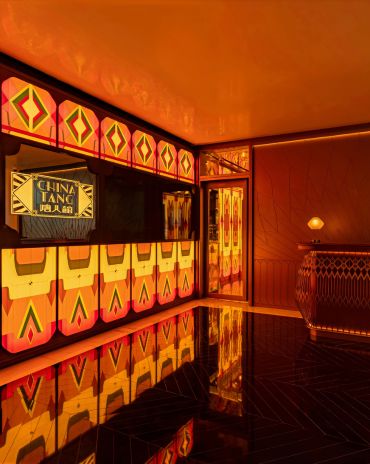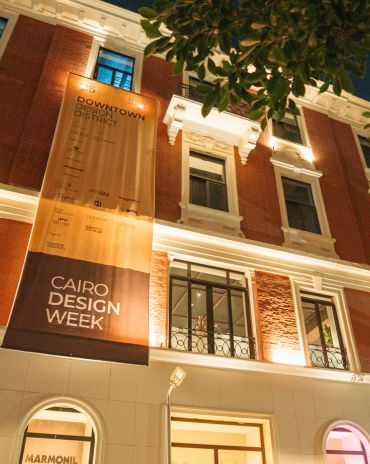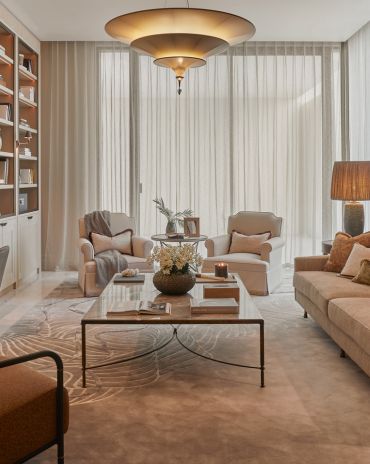Copyright © 2025 Motivate Media Group. All rights reserved.
The Emory: A New Standard for Timeless, ‘Quiet’ Luxury in The Heart of London
With a focus on intimate and quiet luxury, the Emory, located in the heart of London's Belgravia, sets a new benchmark for hospitality design.
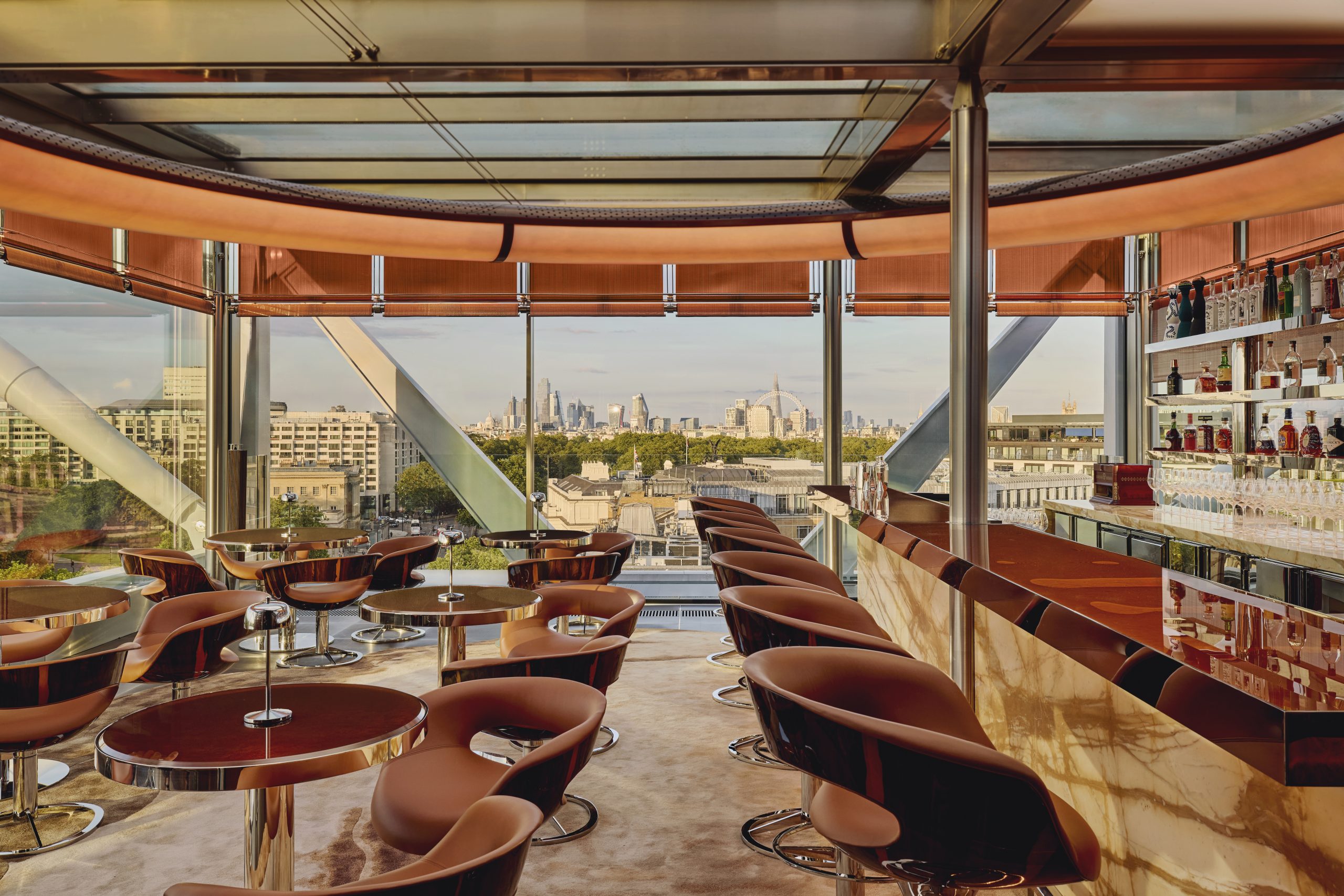
Designed by the late Richard Rogers and Ivan Harbour of RSHP, the Emory is transforming hospitality design. Standing as one of the first all-suite establishments in London, the Emory design style integrates warmth, intimacy and calmness to create ‘quiet luxury’ – a style typically reserved for residential settings.
The Emory is the latest edition of Maybourne’s collection of iconic establishments. Known for renowned places like Claridge’s and The Connaught, the addition of Emory is further proof of Maybourne’s commitment to creating unique, timeless architecture.
Richard Rogers and Ivan Harbour’s design for the Emory blends modernist and constructivist design elements. The “sails” structure, which soars above the building, exemplifies this aesthetic and is the hotel’s defining feature. Designed by the RSHP, the sails reflect both the beauty of movement and timelessness in architecture. They personify as a guide for hotel guests, leading them to the private cobbled entrance on Old Barrack Yard. Furthermore, the architecture’s emphasis on openness and flexibility presents a harmonious integration between the interior and exterior spaces, allowing for an overall cohesive design. The steel staircase, a focal point of the lobby decorated in a shade known as “Richard Rogers Pink,” is a bold architectural statement as it pays homage to Richard Rogers’s contribution to the project.
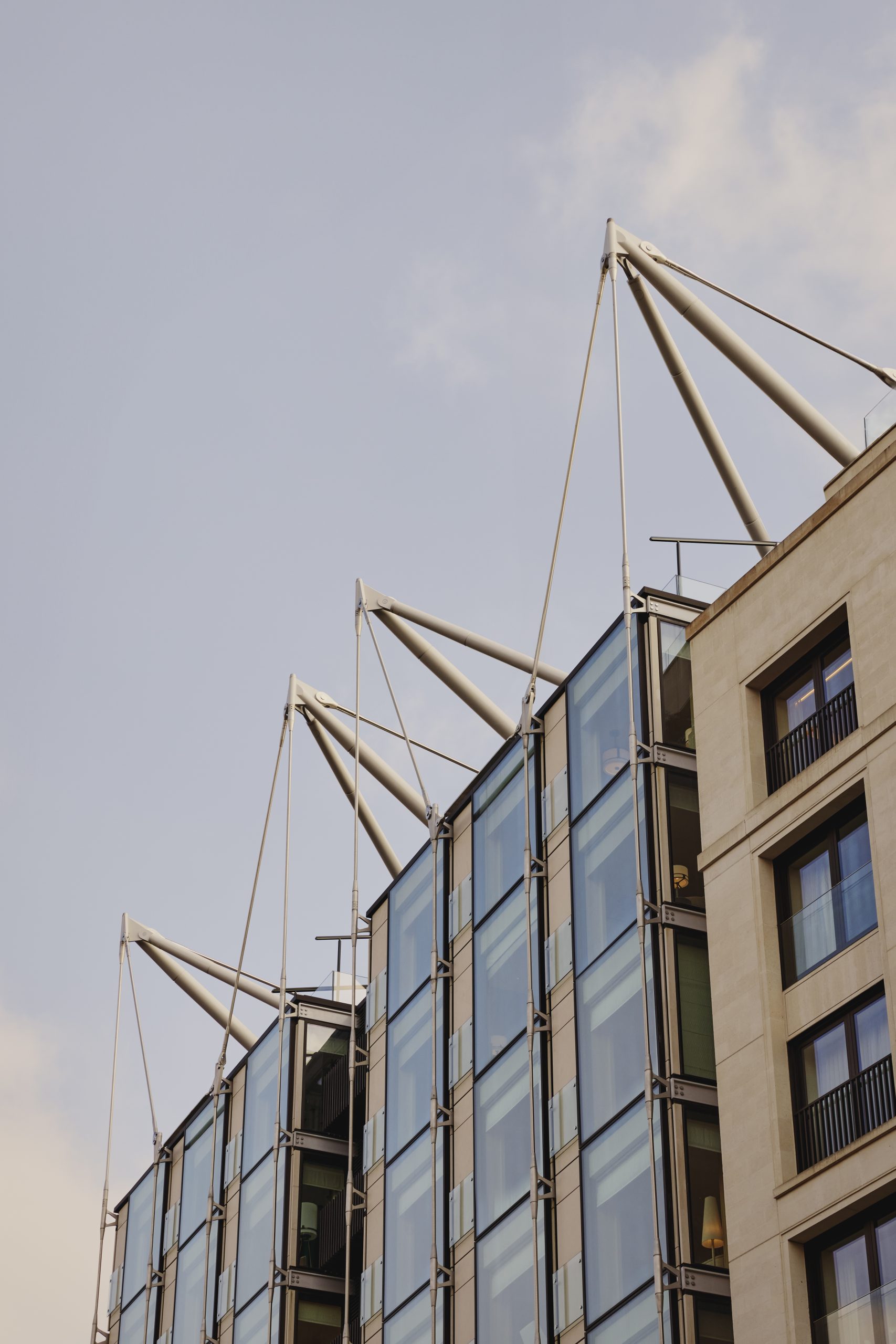
The exterior of The Emory, showcasing the “sails” design
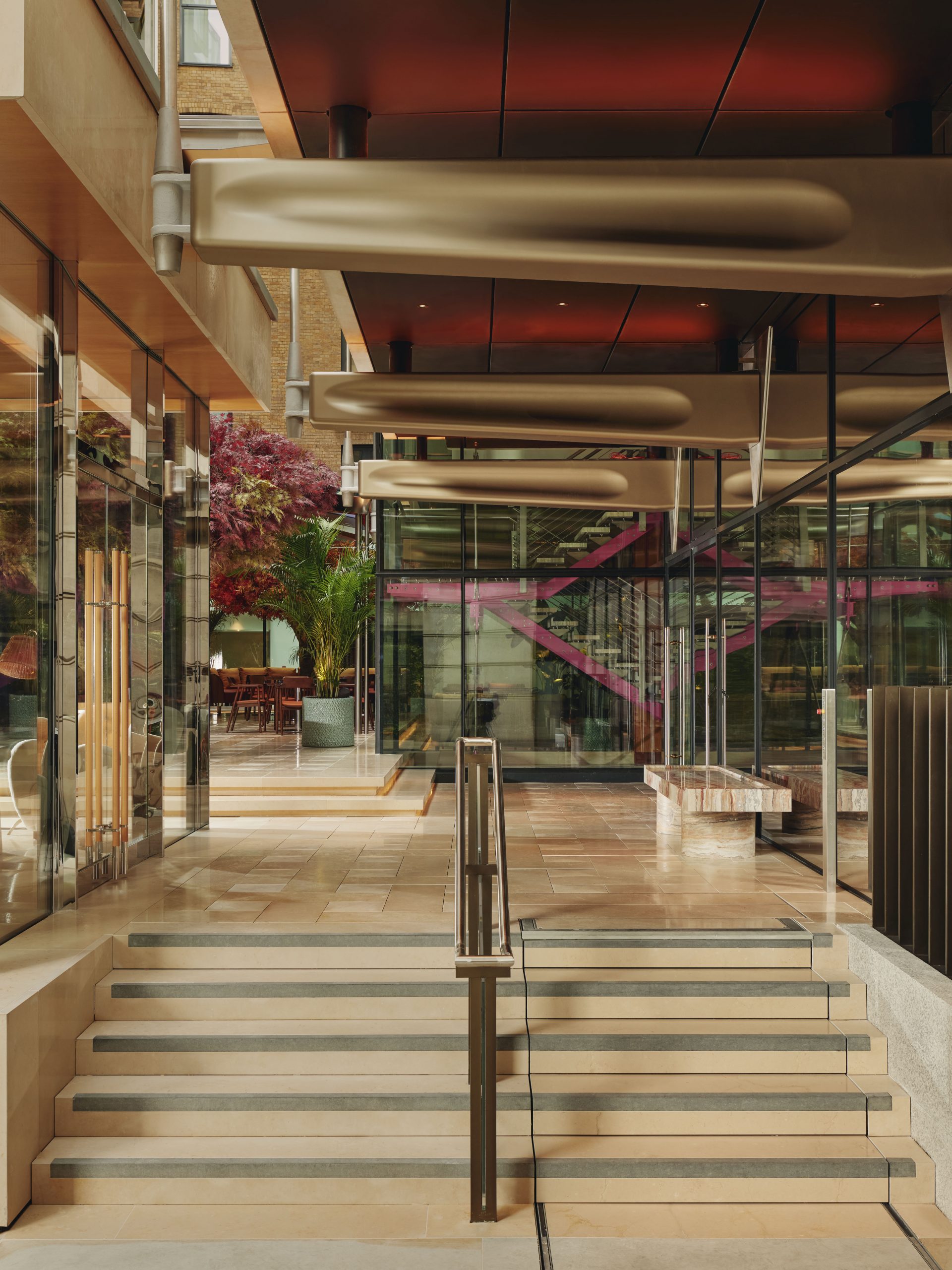
The entrance to the Emory lobby showcasing the stairwell that pays homage to Richard Rogers with shades of the color Richard Rogers Pink
The hotel interior is tastefully designed by the exquisite Rémi Tessier, offering a well-balanced blend of warmth and modernity. Tessier’s work complements the steel structure of the building, creating a harmonious space that feels intimate, inviting and exudes quiet luxury.
The main attraction of Emory’s ground floor is the location of chef Jean-Georges Vongerichten, ABC Kitchens. The restaurant unites the well-known New York trio, abc kitchen, abcV, and abc cocina, all under one roof. Tessier’s design for the ABC kitchens includes warm wood tones, polished copper, and a striking Rosso Orobico marble block, which creates a sophisticated yet inviting atmosphere. A vertical glass wine cellar and Damien Hirst artwork are extra features that provide a layer of cultural richness to the dining experience.
Adjacent to ABC Kitchens is the Emory Bar, which portrays a beautiful iridescent, faceted glass canopy with stained-glass installation by artist Brian Clarke. Retractable glass doors open to a courtyard, creating a distinctive indoor-outdoor experience that combines the calm of the outside area with the warmth & luxury of the bar.
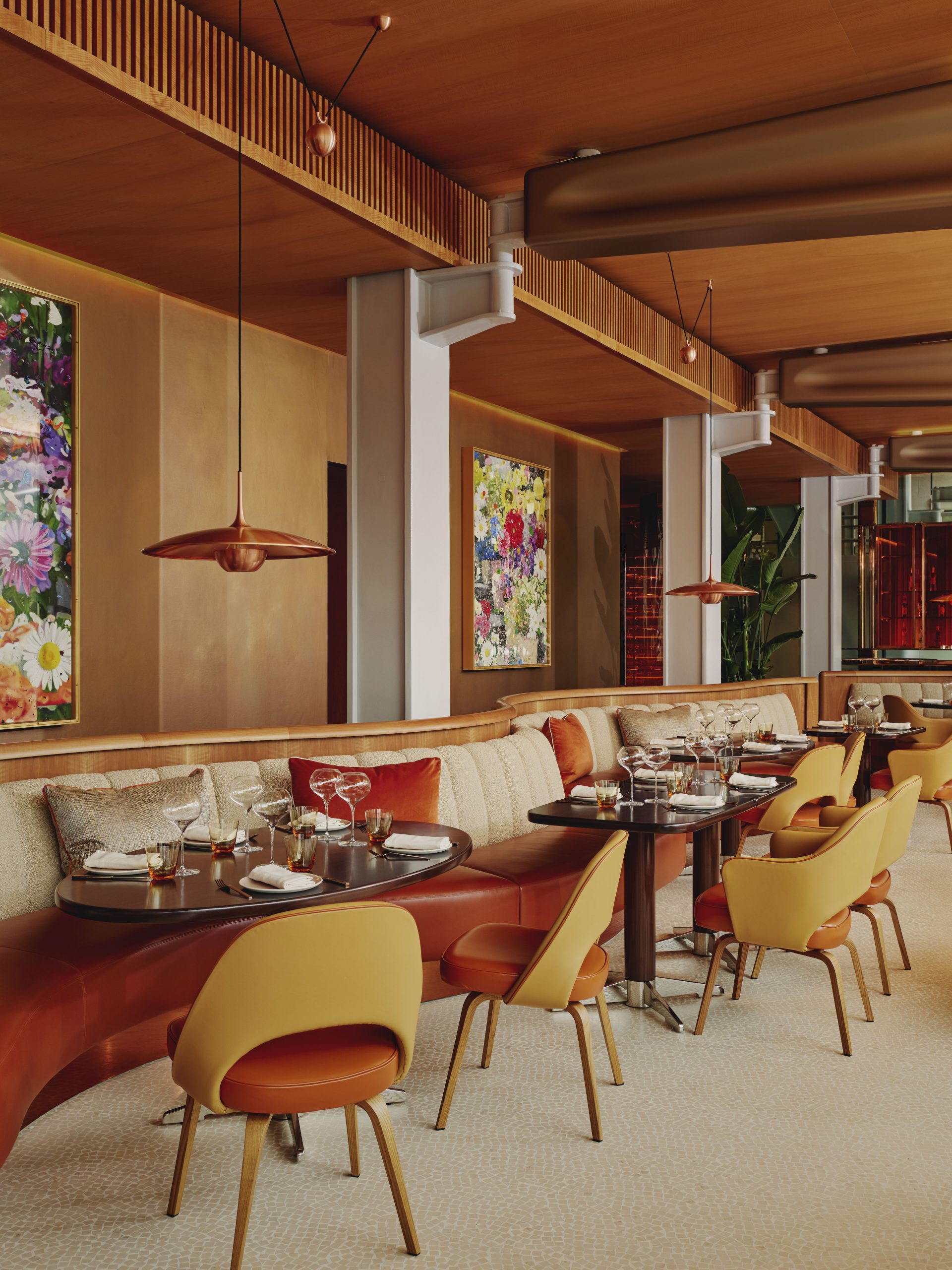
The ABC kitchen dining area, designed by Rémi Tessier. Decorated in warm tones and Damien Hirst artwork

The ABC kitchen dining area, designed by Rémi Tessier. Decorated in warm tones and geometric designs
The ten-story hotel comprises 61 suites featuring floor-to-ceiling glass windows that allow an abundance of natural light to stream into the rooms. The hotel also includes a stunning 300 square meter wraparound glass penthouse designed by Rigby & Rigby. The suites are completed with custom-made furnishing and feature the artistic vision of renowned designers Alexandra Champalimaud, Andre Fu, Pierre-Yves Rochon, and Patricia Urquiola. The biophilic indoor-outdoor concept of the hotel is carried through to the suites, which feature large windows that welcome the city.

The penthouse at The Emory designed by Rigby & Rigby with interiors designed by designers Alexandra Champalimaud, Andre Fu, Pierre-Yves Rochon, and Patricia Urquiola.
Parallel to the “sail” structure is the architectural apex, the rooftop with two glass pavilions housing Bar 33 and The Emory Cigar Merchants. The Emory Cigar Merchants offers a setting with burl wood features that pay homage to cigar boxes and circular light fixtures that conceal the hidden extraction system. On the other hand, Bar 33 offers a panoramic view of the city and is simply a spot to enjoy and unwind. Both pavilions’ roofs can be retracted during the summer, showcasing unrivaled 360-degree views of London’s skyline.

Bar 33 shows unrivaled views of London
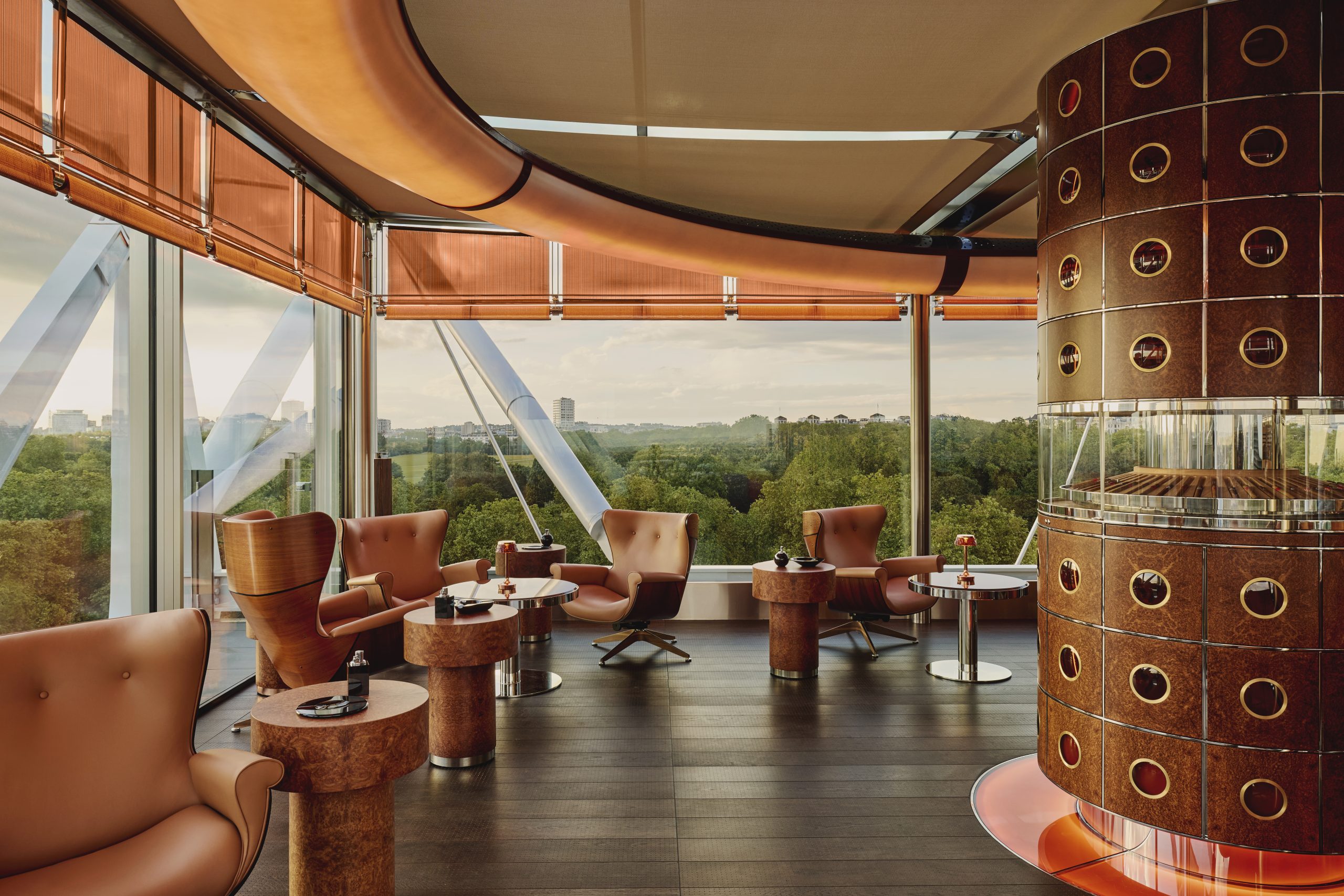
The Emory Cigar Merchants is a rooftop pavilion designed to pay homage to cigar boxes
Geometric forms and structures are used throughout the space as additional design elements that give it a unique and charming personality. Notable examples are the indoor pool area’s circular platforms, which add to the calm environment by projecting an aura of openness and fluidity. The circular walls and ceilings in the reception give a distinctive architectural touch and create a warm and lively foyer. Intimacy and fluidity are encouraged by the circular features and curved shapes seen in the dining rooms, which skillfully combine practicality and visual appeal. These geometric elements enhance the hotel’s visual experience as well as complement the overall design scheme.
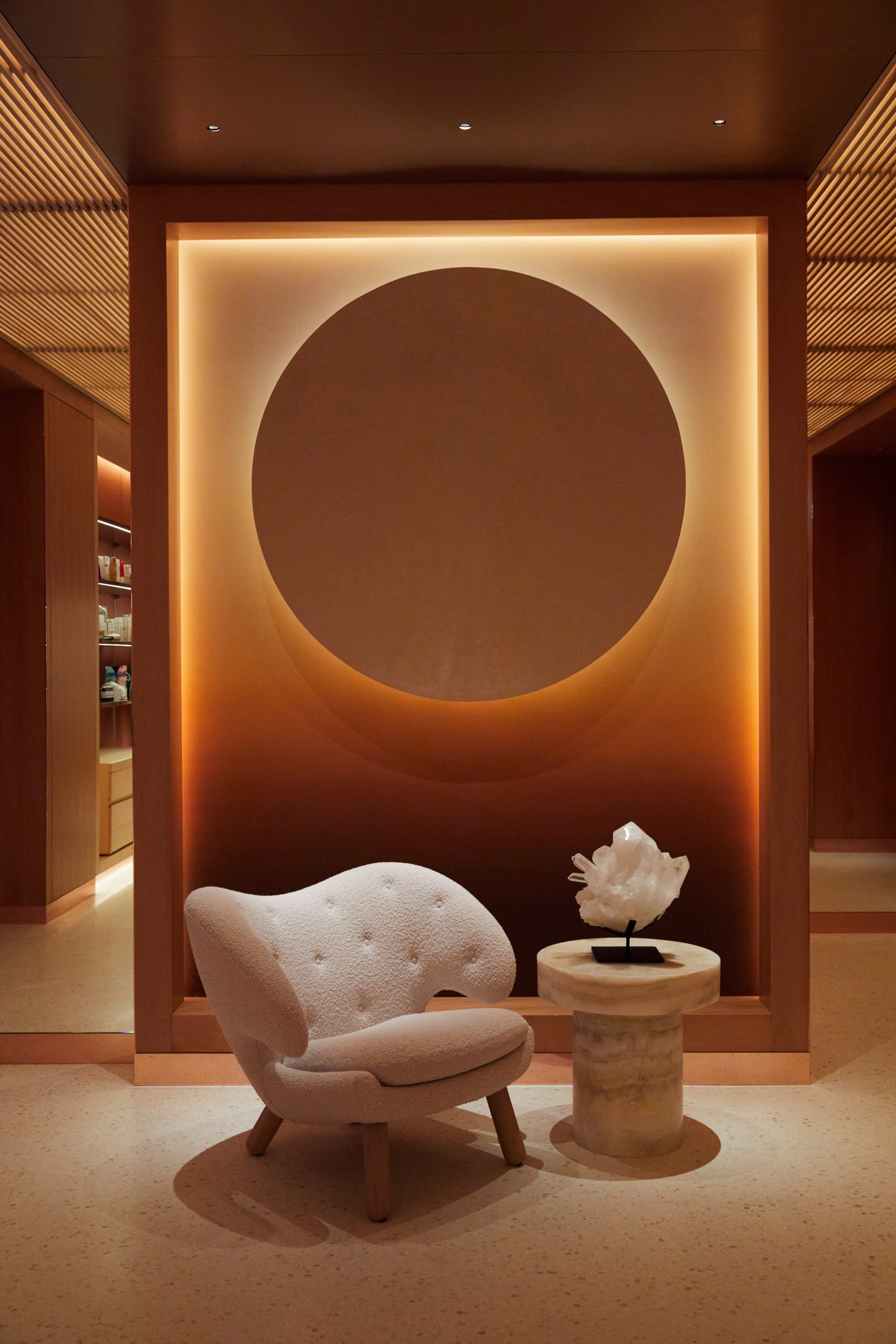
Seating at the Emory hotel lobby with intricate geometric design

The indoor pool at The Emory with geometric designs that keep the space open and flexible
Leaving a mark in contemporary architecture and hospitality, The Emory represents the culmination of visionary architecture and design, seamlessly blending elegance with innovation, and creating an atmosphere of calm and intimacy within the bustling city of London.
Photography by Kensington Leverne
Read more features here.
The Latest
How Eywa’s design execution is both challenging and exceptional
Mihir Sanganee, Chief Strategy Officer and Co-Founder at Designsmith shares the journey behind shaping the interior fitout of this regenerative design project
Design Take: MEI by 4SPACE
Where heritage meets modern design.
The Choreographer of Letters
Taking place at the Bassam Freiha Art Foundation until 25 January 2026, this landmark exhibition features Nja Mahdaoui, one of the most influential figures in Arab modern art
A Home Away from Home
This home, designed by Blush International at the Atlantis The Royal Residences, perfectly balances practicality and beauty
Design Take: China Tang Dubai
Heritage aesthetics redefined through scale, texture, and vision.
Dubai Design Week: A Retrospective
The identity team were actively involved in Dubai Design Week and Downtown Design, capturing collaborations and taking part in key dialogues with the industry. Here’s an overview.
Highlights of Cairo Design Week 2025
Art, architecture, and culture shaped up this year's Cairo Design Week.
A Modern Haven
Sophie Paterson Interiors brings a refined, contemporary sensibility to a family home in Oman, blending soft luxury with subtle nods to local heritage
Past Reveals Future
Maison&Objet Paris returns from 15 to 19 January 2026 under the banner of excellence and savoir-faire
Sensory Design
Designed by Wangan Studio, this avant-garde space, dedicated to care, feels like a contemporary art gallery
Winner’s Panel with IF Hub
identity gathered for a conversation on 'The Art of Design - Curation and Storytelling'.
Building Spaces That Endure
identity hosted a panel in collaboration with GROHE.

